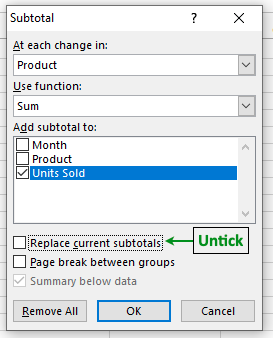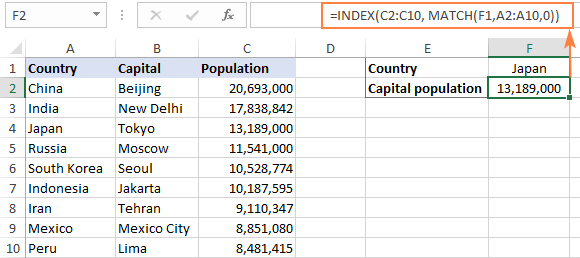
So something like would give you count of non-blank cells in the particular row of the table. So if you want to refer to the the 10th row in the table, write in any cell in the 10th row. To refer to a row in a table, we use the symbol. What’s good for a column is good for the row. Using a Specific Row from the Table in a Formula So =MAX(sales), =LARGE(sales,5) and =COUNT(sales) are all valid formulas. We can now use this like any other range in any excel formula. ‘sales would have referred to the ‘Target’ column of the same table. The ‘sales’ string refers the data points in the ‘Revenue’ column of the sales table. However being the a** I am, let me be me. The formula is so intuitive that it hardly needs explaining. Enter something like =AVERAGE(sales) in a cell and smile. Say you wanted to know the average for all items in the ‘Revenue’ column. Using a Specific Column from the Table in a Formula The opens up a whole new box of chocolates ! You can now refer to and use the entire table, individual columns, rows, data range, headers or totals in your formulas. Open the ‘Design’ tab and overwrite the text in the ‘Table Name’ box to something like ‘sales’. This may not be most intuitive of names and you may wish to rename it to something else that is easier to remember and comprehend for others. When you create a new table, Excel will provide with a default name, say something like ‘Table1’. Let’s begin by converting a range to a table. Table Formulas let you access table in a easy and intuitive manner. Did nobody ever tell you that patience is a kingly virtue? “Flaming Bisons !!! You made me read all this just to show what an Excel table looks like … I already know what it is so why don’t you come straight to the point !” To give a new name to the table, open up the ‘Name Manager’ under the ‘Formulas’ tab and then edit the table name. Provide a Name to the Table: You can give the table a specific name (say ‘Sales_Data’) and use it later in your formulas. Not only totals, you can select any cell in this row and choose from a number of aggregation options such as count, min, max etc.Įxport and Share: Export and share the table with other users using SharePoint

Summarize by adding row for Total: Just turn on the check box for ‘Total Row’ and you have a new row inserted just below the data set with the totals.


So What Good is the Table Forįormatting: Completely change the look and feel of your data with a few mouse clicks Better still, as our reader Sam pointed out, use the shortcut key CTRL + T. In Excel 2007 and later, all you have to do to convert a given range to a table is to simply select the range and then click the ‘Table’ button under the ‘Insert’ tab on the ribbon. In Excel 2007 onwards, you can also use the table formulas to extract data from a table. Tables were introduced in Excel 2007 as an extension of the ‘Lists’ feature in the earlier versions. A Table in ExcelĪ table is a feature in Excel that makes it easier to format and analyze a set of data points in a spreadsheet.

That got me curious enough to explore them further and here’s what I learnt. Actually our reader m-b commented that he prefers to convert a range to a table and then employ table formulas instead of named ranges. Table formulas were something that I discovered recently.


 0 kommentar(er)
0 kommentar(er)
